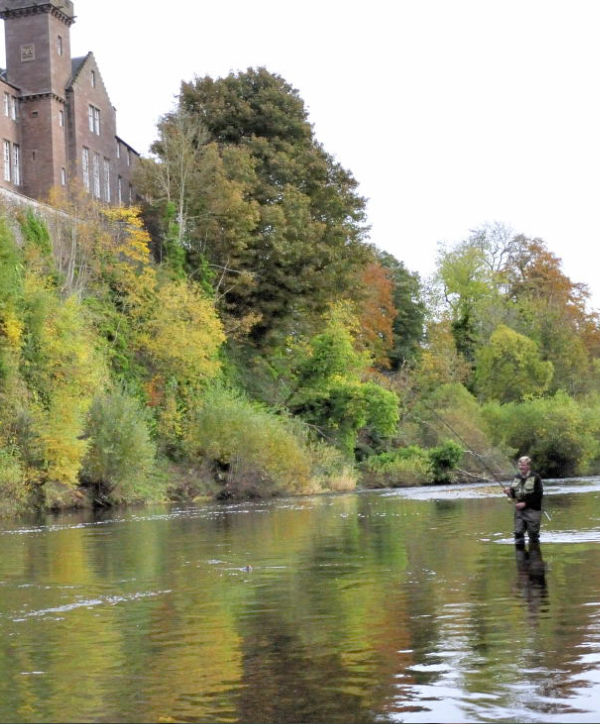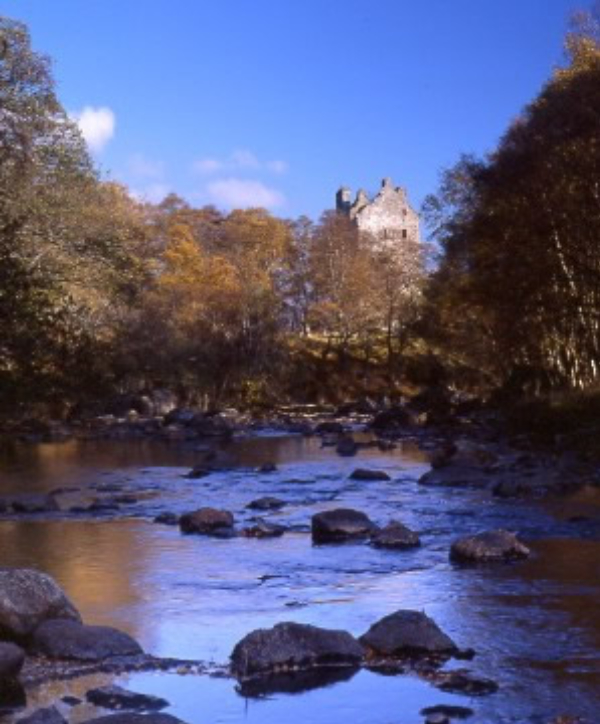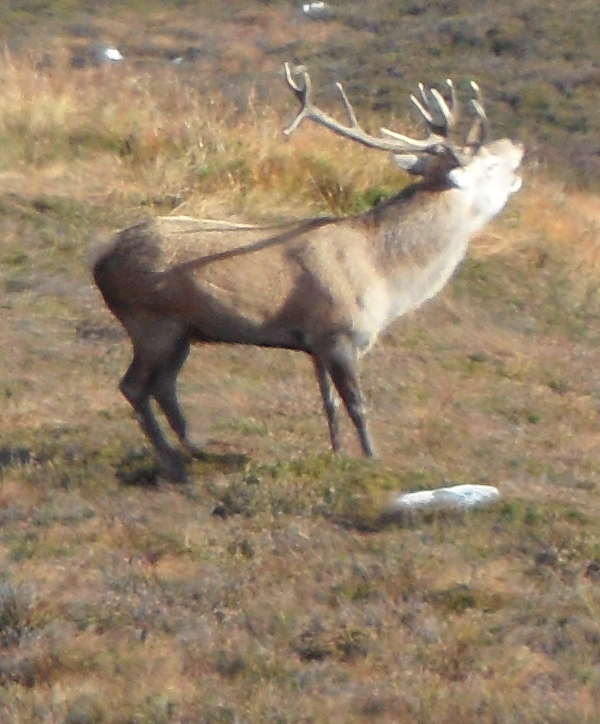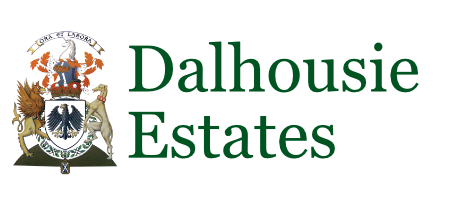History

Brechin Castle is steeped in history. In 1296 Edward I received the submission of King John Baliol of Scotland there and in 1303 Sir Thomas Maule defended the castle against the English for three weeks until his own death brought about its surrender. In 1643 Patrick Maule, 1st Earl of Panmure, bought the whole of the Brechin Estate from the Earl of Mar. The Castle was at that time a simple L shaped house of three storeys. It was the 4th Earl of Panmure, married to Margaret daughter of the 3rd Duke of Hamilton, who eventually rebuilt the Castle as it is today.
Lord Dalhousie represents two families who have for many centuries been illustrious in the history of our country, the Maules of Panmure in Angus and the Ramsays of Dalhousie in Midlothian, both families of Norman origin who came to England about the time of William the Conqueror, and subsequently obtained grants of land in Scotland.
It was soon after the Abbey of Aberbrothock (Arbroath) was founded by King William the Lion in 1178, that the Maules were established in Panmure and Barry near Dundee through the marriage of Christian, heiress of Panmure, with Sir Peter Maule.
A crisis in the history of the Family, as in many enobled Scottish families, occurred after the rebellion of 1715. James, the 4th and last Earl of Panmure in the Scottish Peerage, took part in the rebellion, and died in exile in France. His estates were forfeited, but his wife obtained a long lease of Brechin Castle from the purchasers, the York Buildings Company, and the Earl’s brother, Harry Maule, who also had taken part in the rebellion, was allowed by the Government to return to Scotland from his refuge in Holland, and took over the lease of Brechin Castle.
Harry Maule’s surviving son, William, was created an Irish Peer in 1743 and took the title the Earl of Panmure but this time in the Irish rather than the Scottish peerage. He bought back the estate from the creditors of the York Buildings Company which had gone into liquidation. He died unmarried in 1782. His eldest sister, Jean Maule had married George, Lord Ramsay, the eldest son of William, 6th Earl of Dalhousie whose home was Dalhousie Castle in Midlothian. It was thus, by this marriage, that the Panmure Estates passed into the Dalhousie Family.
On the death of George, 8th Earl of Dalhousie, his second son, William Ramsay assumed the property, arms and name of Maule of Panmure. As William Maule he was active in politics and in 1831 was granted a peerage of Great Britain, becoming Baron Panmure of Brechin and Navar.
Another notable member of the Family was James Andrew, 10th Earl of Dalhousie, also made Marquis of Dalhousie in recognition of his service as Governor General of India. Having no son he was succeeded by Fox Maule, the son of William Maule as 11th Earl of Dalhousie. Fox Maule was a notable statesman had no sons and, on his death the title passed to George Ramsay, grandson of the 8th Earl, in 1875 following a distinguished career in the Royal Navy in which he served as an Admiral. He died at Dalhousie Castle in July 1880 and was buried in the family vault at Cockpen, Midlothian.
Things to do
At Dalhousie Estates we welcome many visitors from around the world. There is comfortable accommodation with the best of food and drink for parties of up to 8 couples at Brechin Castle and Invermark Lodge, usually shooting or golfing groups, and of particular interest to corporate parties.

Fishing
Edzell fishing’s is situated in the middle section of the North Esk. The beat offers approximately 4 miles of single bank fishing. Starting in a dramatic sandstone gorge at the Gannochy Bridge.

Activities
Angus also has a wide variety of places of interest and visitor attractions including Glamis Castle, Brechin Castle Centre, The House of Dun and The Wildlife Reserve at Montrose Basin.

Invermark Lodge
Invermark Lodge is a classic mid Victorian Shooting Lodge built of Aberdeenshire Granite and in a superb commanding position overlooking Loch Lee and to the cliffs and corries of Invermark Estate.
